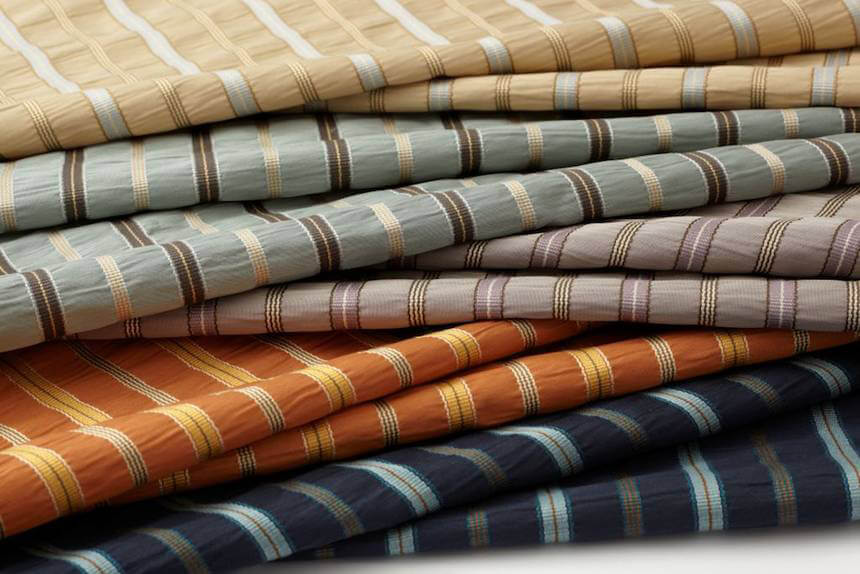© Copyright 1976-2021 Shazhou Textile Dyeing Import & Export Co., Ltd. All rights reserved. Powered by iwonder.cn
During the 18th and 19th century, the modern technology was introduced to the world, and it started surprising the world with its wonders. However, the era of innovation and invention was regarded the best among the area of textiles and textiles production, as it supported the development of regenerated cellulose, which proves vital in the production of different types of fabrics.
However, the technology was still new, and it was still required to be perfects, so the initial attempts at manufacturing generated cellulose fibers left the manufacturers a lot to work with, and it provoked them to work on alternatives for the production of fabrics. It led to the production of artificial silk in the year 1924, which was later renamed as rayon, and the improvements made to the fabric introduced viscose rayon to the market.

Origination of rayon
The origination of rayon in a rayon fabric factory is based on its initial product, as viscose rayon was derived from wood, and the wood was later tampered with a caustic soda solution for the conversion of the wood into alkali cellulose, which allows the wood to interact with carbon disulphide to form cellulose xanthate. It led to the creation of a viscous solution, which is spun in a spinneret to garner filaments. The filaments are later tampered with a solution of sulphuric acid, which allows the viscous solution to solidify on contact. The filaments are yielded from cellulose, which is alternatively known as the regenerated cellulose.
Production of rayon
Rayon fibers are considered to be one of the most famous types of fabrics on the market, and it is mostly generated from viscose rayon or regenerated bamboo. The use of Tencel was extensively common in the 1990's and now it is commonly available as a 2/8 size in terms of cotton count, with nearly 3360 yards per pound.
While viscose rayon is extruded in the spinneret, it could be possible for the manufacturer to employ the use of different types and shapes of the nozzles, which can influence the feel of the finished product. The common type of nozzle has a round end, which is known for producing fabric with a lustrous finish. On the contrary, other types and shapes of the nozzles will extract fibers with fewer lusters to them. The fibers of the regenerated cellulose drape considerably effortlessly; however, if the fibers are spun firmly and forcefully, it could affect the degree of draping, which would also affect the luster.
Characteristics of the rayon fabric
The strength of the rayon fabric is dependent on the type of rayon used for the production of the fabric; however, it has a considerably adequate flexibility with a low degree of elongation. In addition, it has a poor recovery time from any damage or tear, as it is known for having a low resilience. In addition, the fabric has a medium density rate and a high absorbent rate, which makes it a questionable contender for the production of the scarves or ties.
Is rayon fabric good at making scarf?
As implied by the name, the fabric was manufactured as an affordable substitute for pure silk, and the characteristics of the fabric allows it to embody it to have luster, drape, and ability to symbolize any dye color. The chemical composition of the fabric essentially contains cellulose, which means that it is prone to decomposition, as opposed to the synthetic fibers derived from petroleum products.
A number of conservationists and environmentalists disregard the product of the fabric, as the standard type of rayon is responsible for the contamination of water, and it requires the destruction of trees for retrieving the cellulose source. The end products of rayon result in the production of fashion accessories or garments, which involves shawls and scarves.
However, the question is that if the rayon fabric is good at making scarf? Rayon is highly absorbent in nature, which allows it to release moisture quicker than its counterpart fabrics. If rayon is tampered with cotton, it increases a blend of a fabric, which would be considered ideal for the production of scarves and ties.